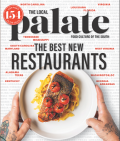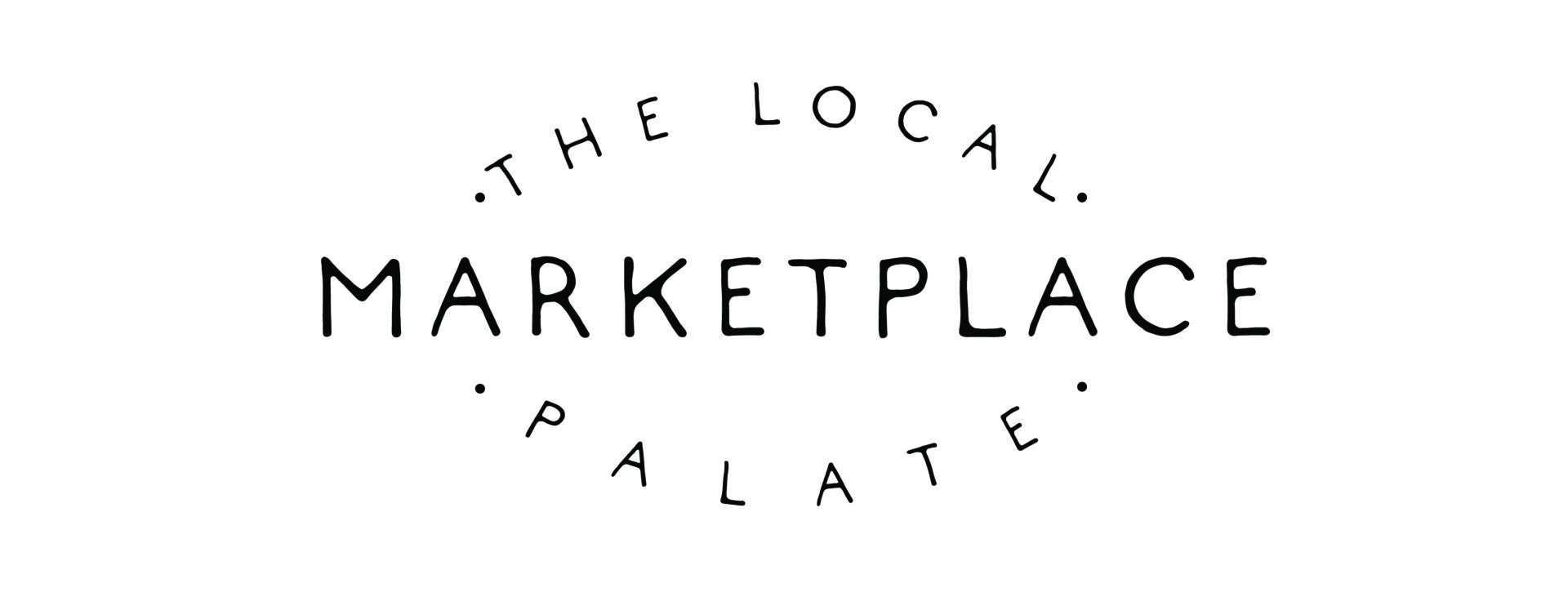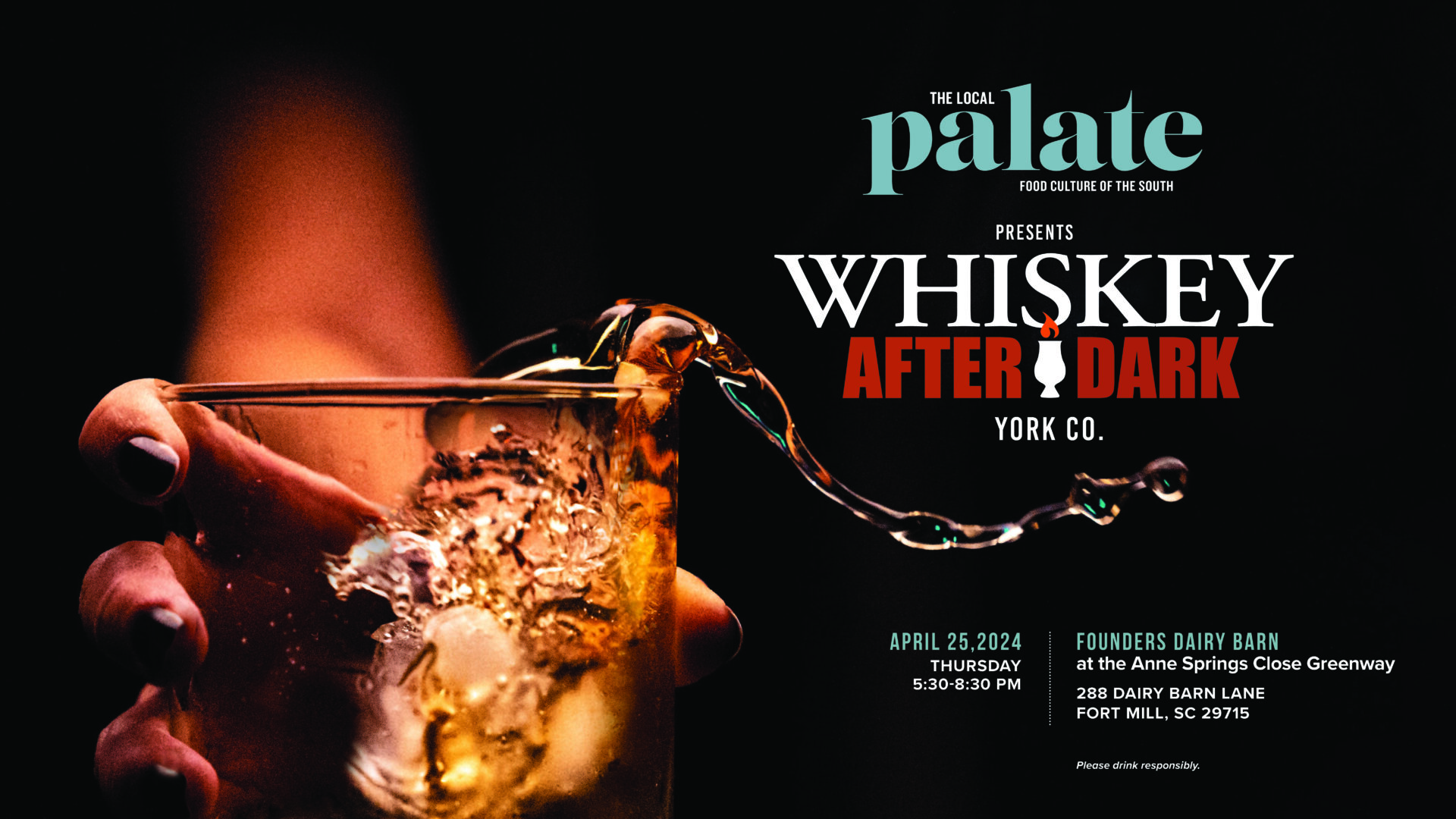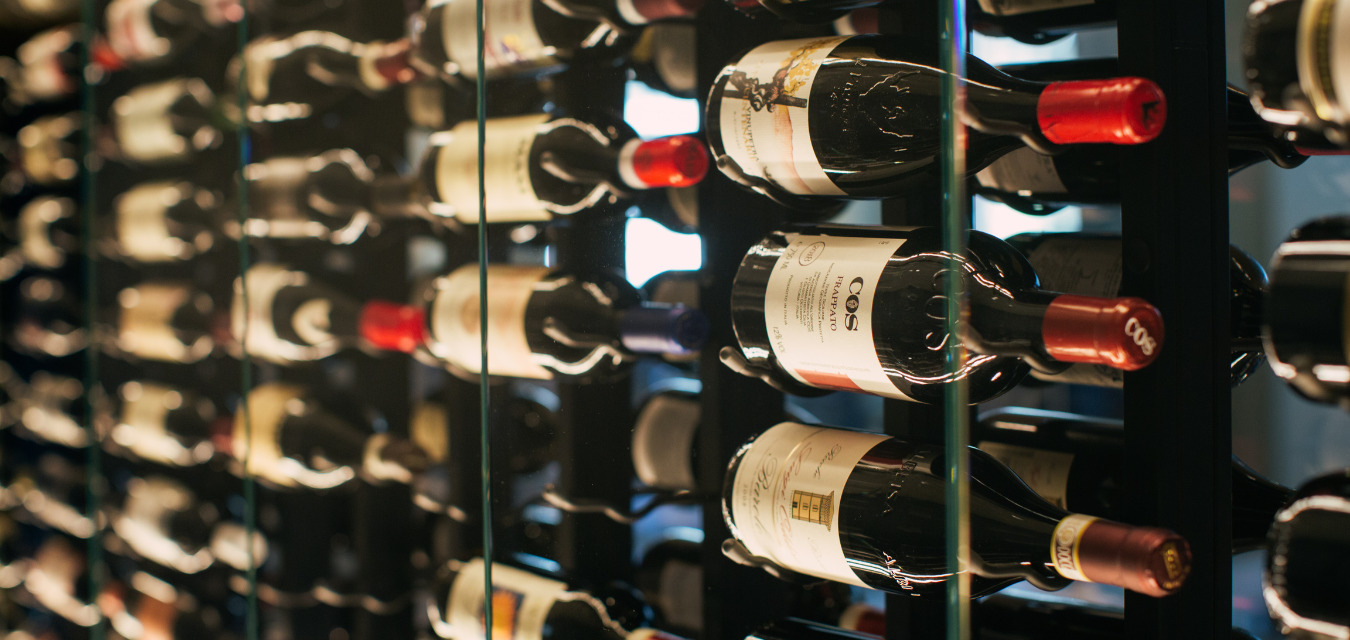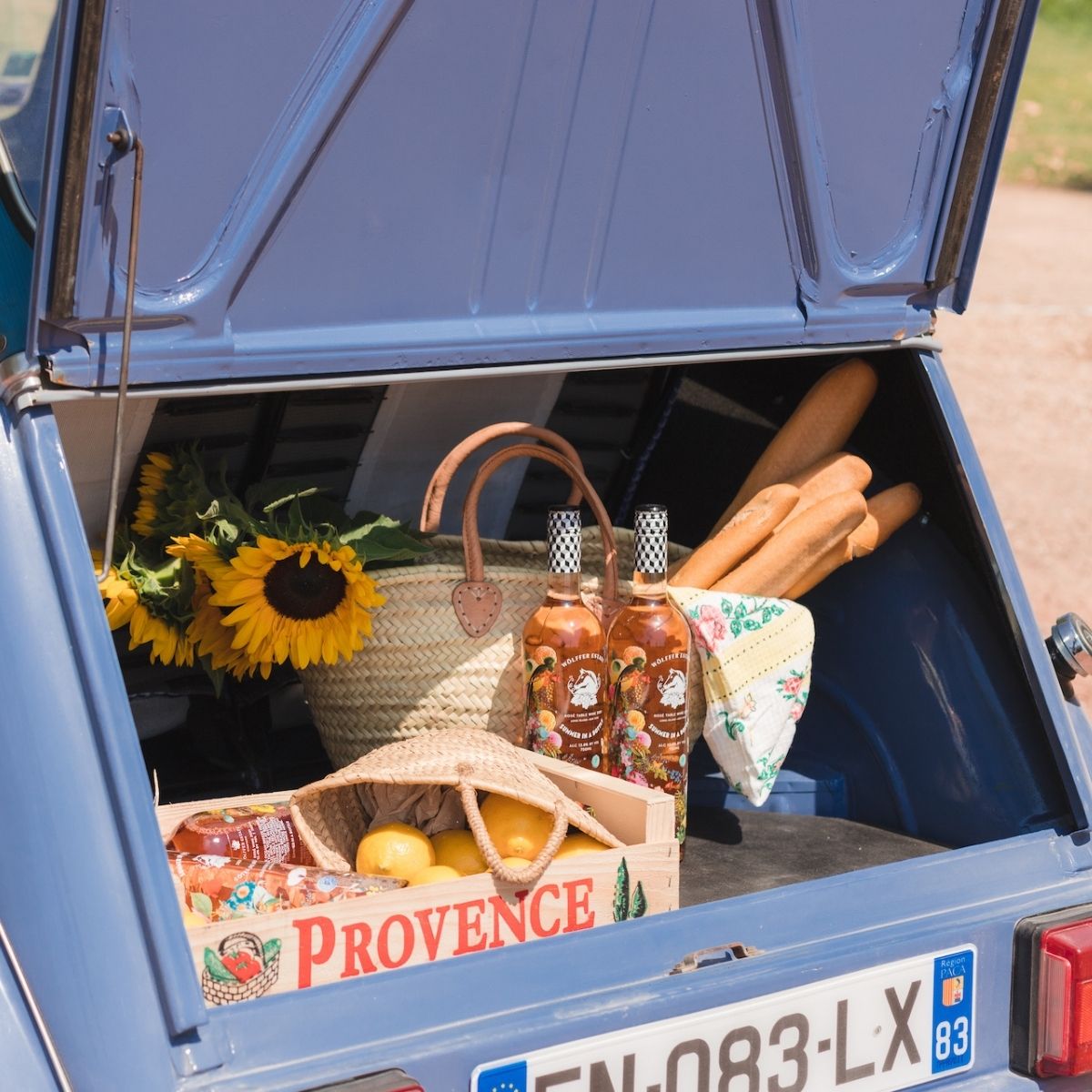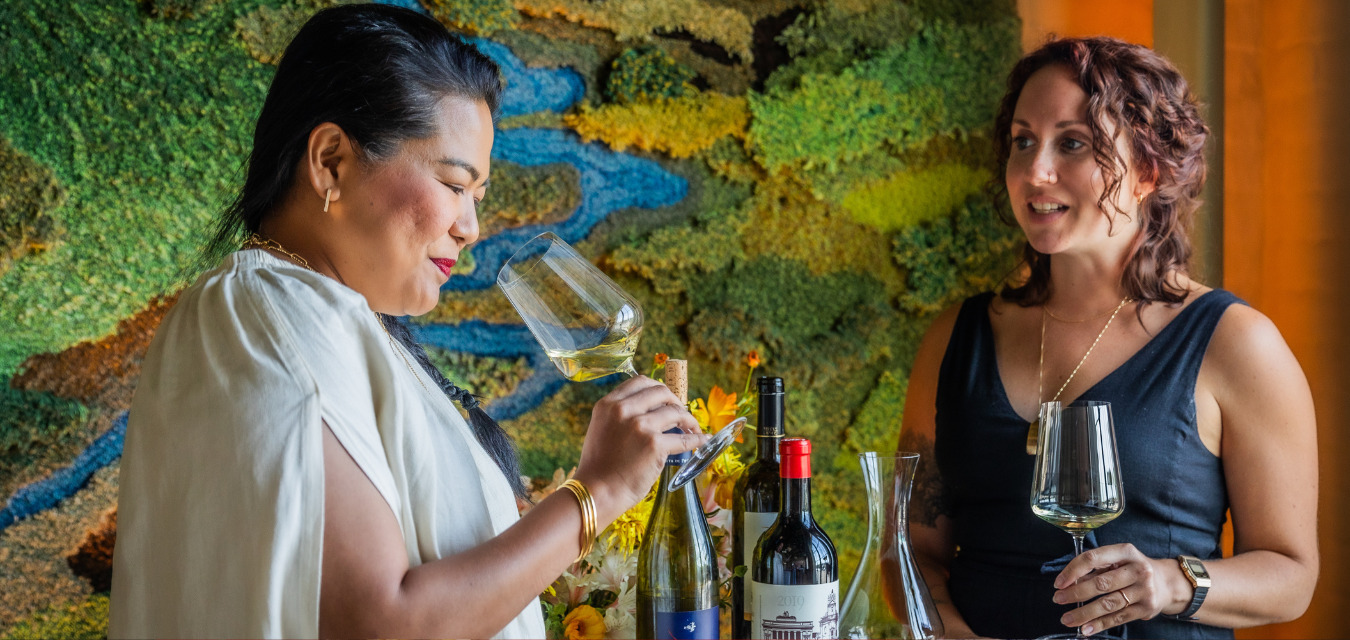Yolan Nashville’s wine expert Cathy Mantuano shares her predictions for what wines will trend in the New Year
If anyone is qualified to peer into the crystal ball of wine recommendations, it’s Cathy Mantuano, food and beverage partner at Yolan inside Nashville’s The Joseph hotel. With decades of experience as a wine consultant, she now oversees the beverage program as well as four sommeliers at Yolan, which offers one of the South’s most elegant and thoughtful Italian fine-dining experiences.

Her husband, chef Tony Mantuano, who is known for previously running Michelin-starred Spiaggia in Chicago, puts out next-level house-made pastas and other Italian specialties, which Cathy pairs with expert precision. The largely Italian wine list veers from top-notch, recognizable producers to specialty bottlings made with grapes you might not find elsewhere. She also offers a monthly wine class focusing on specific regions or styles. As we near the start of 2024, we turned to Cathy to hear her predictions about what we’ll all be drinking in the New Year.
Erin Byers Murray: To jump right in, it sounds like you’re pretty excited about wines coming from regions that not many people have tasted from before—tell us about what you’re looking forward to.
Cathy Mantuano: Really, it’s Croatian and Slovenian wines. Slovenian wines are becoming more readily available because of the fact that it’s so close to Italy and there are a number of producers right on the border there that are now arriving in the States. Goriška is a historical region in western Slovenia on the border with Italy and Brda is one of the most important wine-producing microregions in Slovenia. From Croatia, now that it’s easier for people to travel to there, there’s a lot more interest. Geographically, it’s across the Adriatic from Italy but the grape types are very different. The most famous is plavac mali, which is the primary red wine grape grown along the Dalmatian Coast of Croatia. The name refers to the small blue grapes that the vines produce. In Croatian, plavo means blue; mali means small. The neat thing about them is that even though they have similarities to other varietals, they’re grown in a different land with a different terroir. So it gives the wine something familiar, but also something new for drinkers to enjoy. They might be difficult to find so you might have to seek these out—but they are available out there, especially in larger markets.
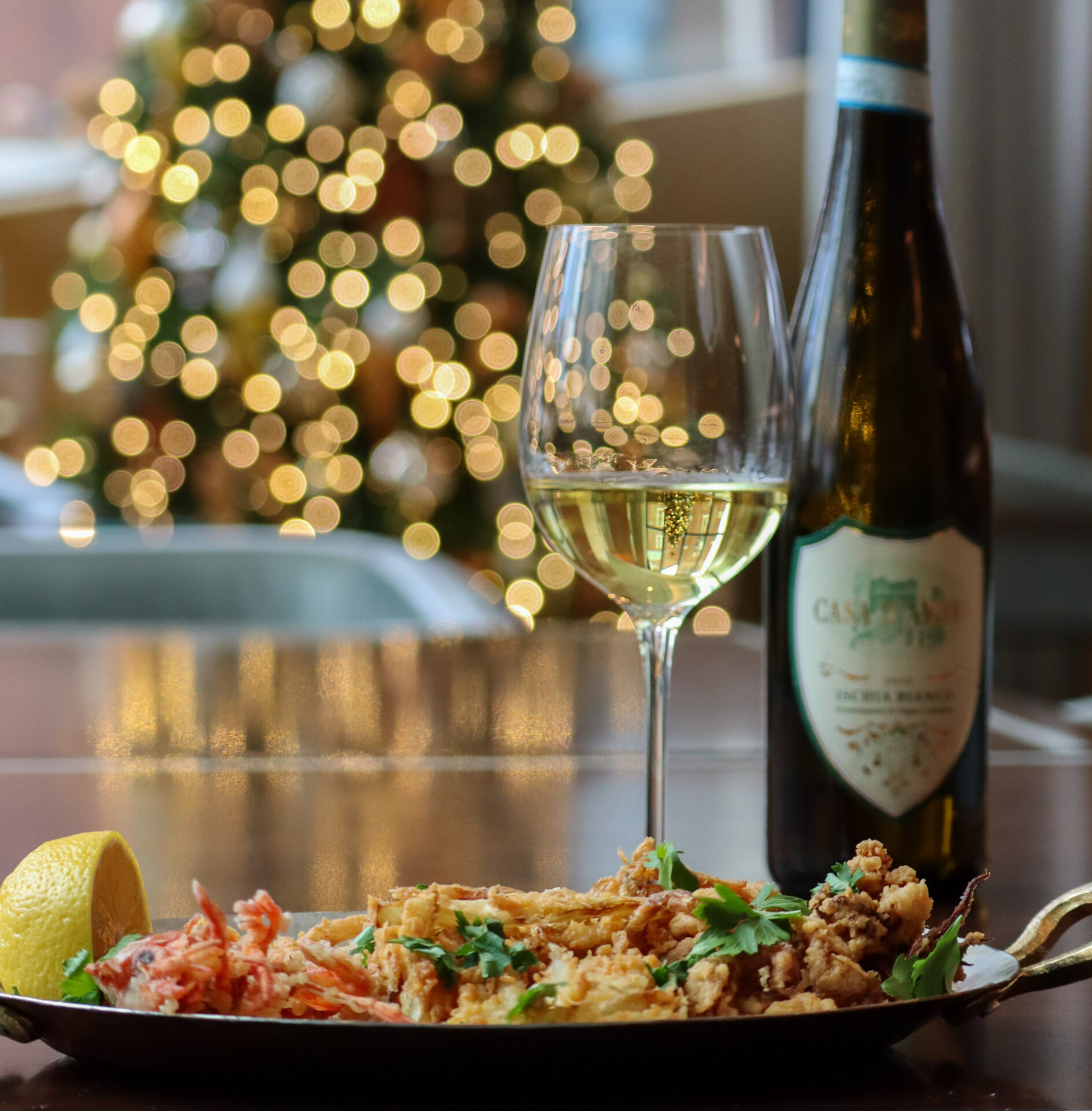
Erin Byers Murray: Let’s talk a little bit about Italian varietals, since I know you put an emphasis on those at Yolan.
Cathy Mantuano: So, we’re going to see more wines like timorasso and pelaverga from Piemonte and gaglioppo and magliocco from Calabria. All of these grapes already existed in Italy and most of them are indigenous. Timorasso and pelaverga, they were always there and what happened was growers started yanking the vines because they were really difficult to grow or they could make more money making a different wine, like cortese. Just a couple of growers held onto these grapes and then after a while, they realized, this makes really great wine so more and more people are finding out about it again. Certain farmers dedicate their lives to a certain grape and then turn other farmers on to it. Like pelaverga, a grape type in the Barolo area, is the thing that smart locals drink because it’s so delicious and really balanced. These grapes offer a lot of flavor with great acidity, great mouthfeel, not too tannic—all the things you want in a wine but they’re not well known. When we get people to try them, they’re like wow, this is so delicious.
Erin Byers Murray: What are your tips for consumers who want to find these wines in their markets?
Cathy Mantuano: Get to know the importers. They really are your best friends. There’s a great company here in Nashville called 100% Italiano and they just bring in such exciting things. Another one is Enotria Wine Imports out of New York and Ethica Wines out of Miami. If you drink a wine at a restaurant, I always tell people when they’re taking a picture of the label, especially for Italian wines, all the important information is on the back. The vintage report, the importer—that’s where you get all the information. So, if you take a picture of the front label, you have to take a picture of the back, too. And then go to your local wine shop and show them the picture. If you tell them you’re going to buy it, they’ll bring it in for you.
Wines Cathy Mantuano is pouring in 2024
Friulano ‘Buri Bellaria’ Roncho Del Gnemiz, Friuli Venezia Giulia, 2020
“We just got our hands on some delicious vineyard specific whites from Roncho del Gnemiz. Despite being difficult to pronounce, white wine lovers need to get to know this producer. A small family-owned and -run estate, these wines are the pure, artisanal translation of nature with little intervention. Sauvignon is the favorite, but we also love friulano and chardonnay. The vineyard parcels are each vinified separately and bottled as crus.”
Tasting notes: The vines here struggle and have long produced limited yields, but the resulting wine is akin to a northern Rhone white, aged 20 percent in new oak. Very dense and fruity with low acidity, the saline character shines.
Ghemme ‘Chioso Dei Pomi’ Rovellotti Piemonte, 2014
“Anyone who enjoys Nebbiolo-based reds from Piemonte and hasn’t tried Ghemme needs to taste this single vineyard gem from Rovellotti. A soft, perfumed style with 15 percent vespolina added, this wine matured in large Slavonian barrels for over 12 months before bottling. I love the fine tannins and that it’s a reasonably priced Barolo-level Nebbiolo. Also, the Rovellotti family traces its roots in Ghemme to the latter part of the 15th Century.”
Tasting notes: Fleshy, with dark fruit and red berries; layered with notes of leather, earth, balsamic, truffle, tobacco, hint of chocolate and violet.
‘Veneroso’ Tenuta De Ghizzano, Toscana, 2017
“One of my favorite ‘finds’ in recent years has been this satisfying Tuscan wines from Tenuta di Ghizzano. One of the oldest farms in the ‘Terre Di Pisa’ (Pisan Countryside), it is also one of the most innovative. Farmed completely organically and using biodynamic methods, the winery consists of 18 hectares of vineyards, 15 hectares of olives, plus arable land and woodland and poplar groves. For their Mimesi line they use Tava earthenware amphora, a method which does not alter the wine’s characteristics but, rather, allows it to evolve in an entirely natural way. All their wines have personality, charm and are absolutely delicious.”
Tasting notes: It was first produced in 1985 and since then its elegant, ripe fruit and mineral content has interpreted the characteristics of the terroir where it comes from; made mainly from sangiovese with a small percentage of cabernet sauvignon.
keep reading
At the Table
All the Way Rosés
To welcome the lingering evenings outside, we’re crushing on these five refreshing rosés. After all, who doesn’t want their drink to match the atmosphere?
In the Field
Natty or Nice? Holiday Natural Wine Picks and Pairings
Alex Brashears of Lyla Lila shares her sommelier-approved natural wine recommendations perfect for holiday feasts and celebrations.
On the Road
What The Wine Pros Are Drinking This Fall
A handful of women shaping the landscape of southern wine tell us what perfect wine pairings and bottles they’re craving this fall.
share
trending content
-
Our Summer 2024 Issue is Here!
by Erin Byers Murray -
9 Noteworthy Kentucky Restaurants | Listen
by TLP Editors -
Crafting Excellence at Carrboro Coffee Roasters
by TLP's Partners -
Rasam is the Spice of Life
by Veronica Meewes -
The Best Southern Cookbooks of the Season | Listen
More From Drinks
-
7 Wines for Sipping Outside
-
Bartender’s Tips for Frozen Cocktails
-
Bold, Batch-Sized Low-Alcohol Drinks
-
Memorial Day Cocktails for Summer Sippin’
-
Bloody Marys that Pack Holy City Heat
